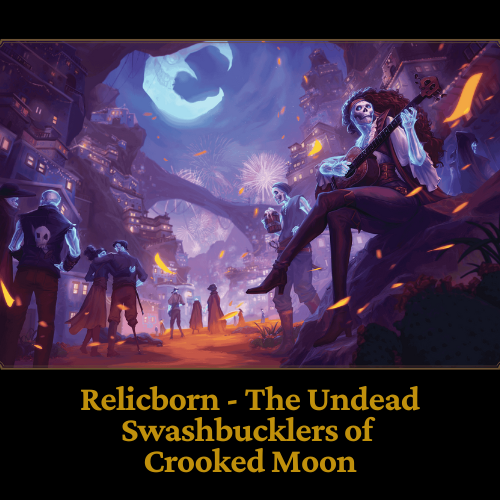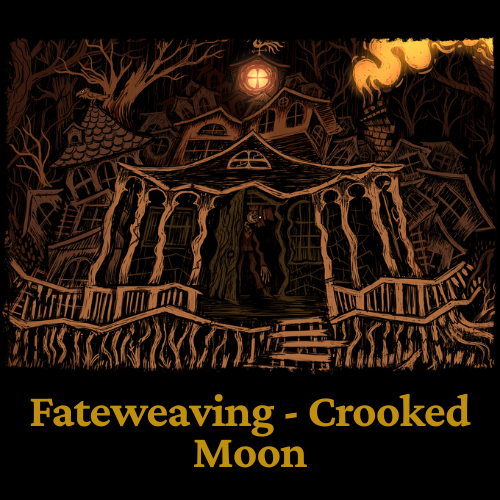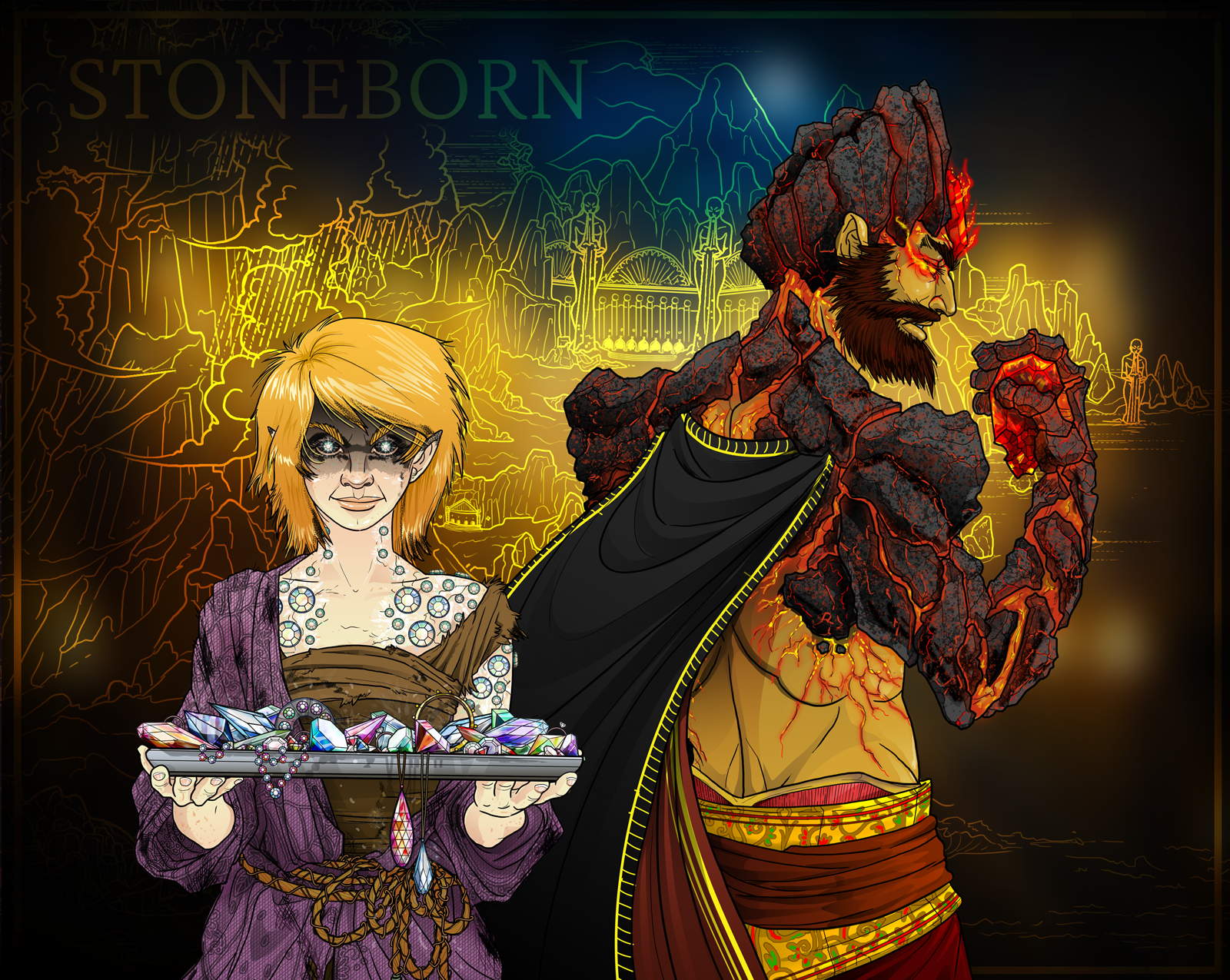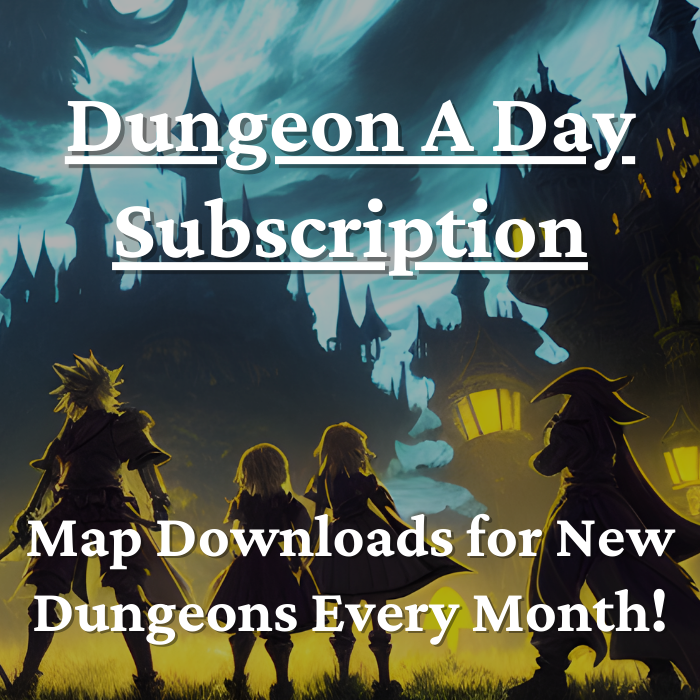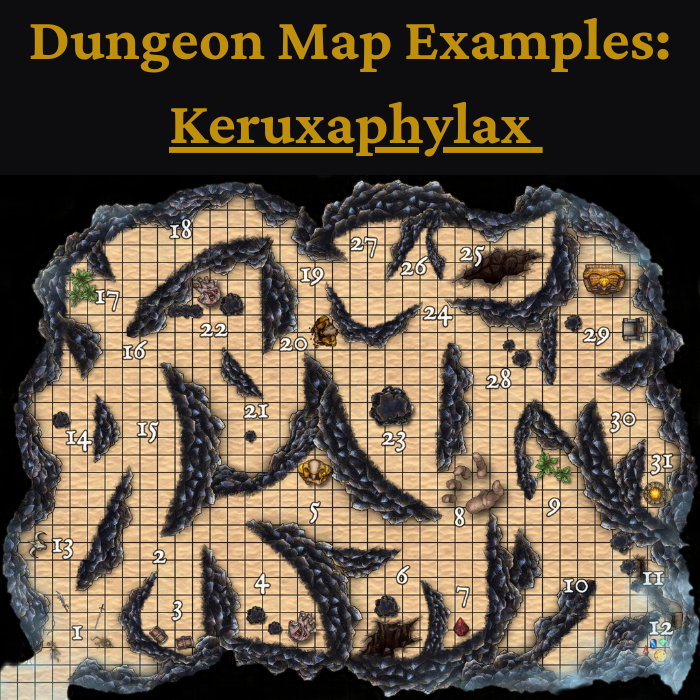Blade Ward 5e - D&D 5th Edition Spell Book
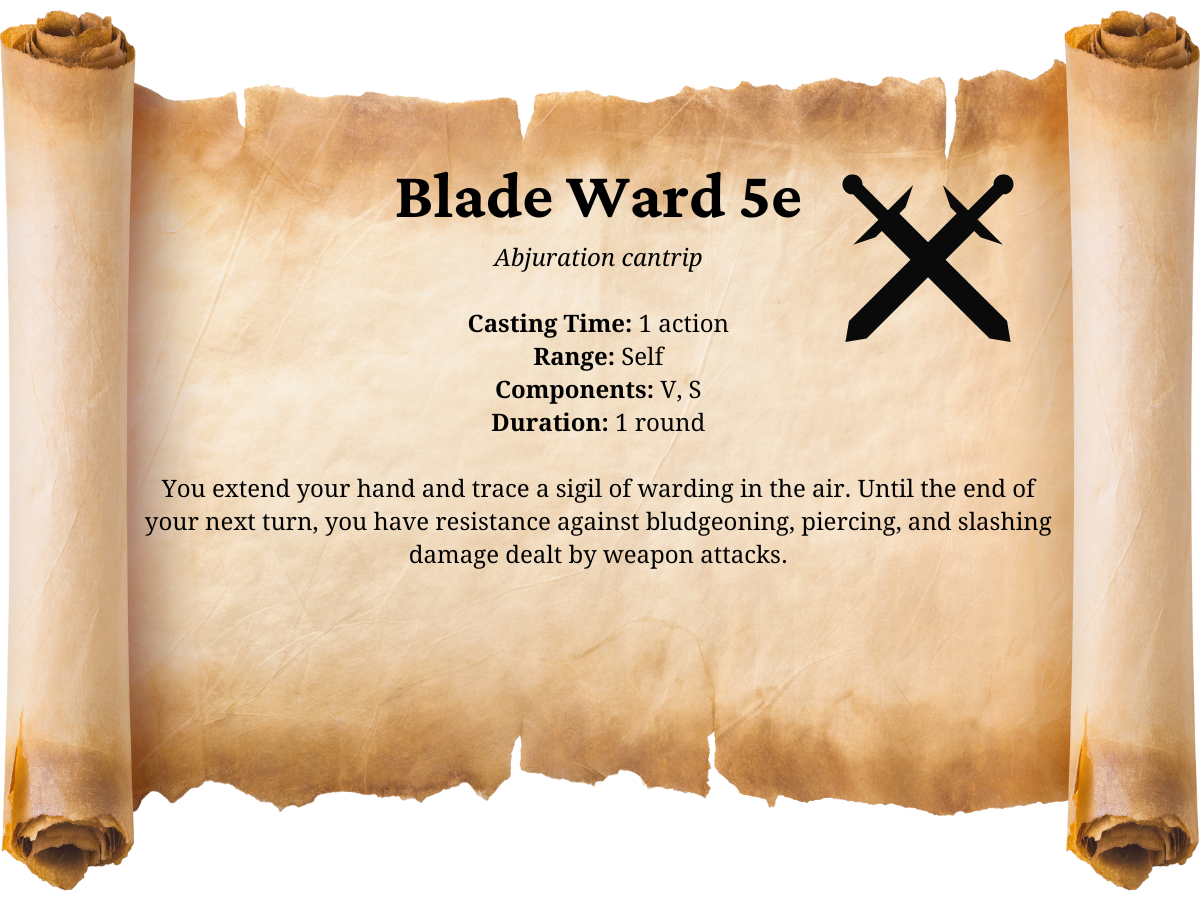
Blade Ward 5e Spell Effects
Abjuration cantrip
Casting Time: 1 action
Range: Self
Components: V, S
Duration: 1 round
You extend your hand and trace a sigil of warding in the air. Until the end of your next turn, you have resistance against bludgeoning, piercing, and slashing damage dealt by weapon attacks.
All information on Blade Ward 5e comes from the DnD Player's Handbook.
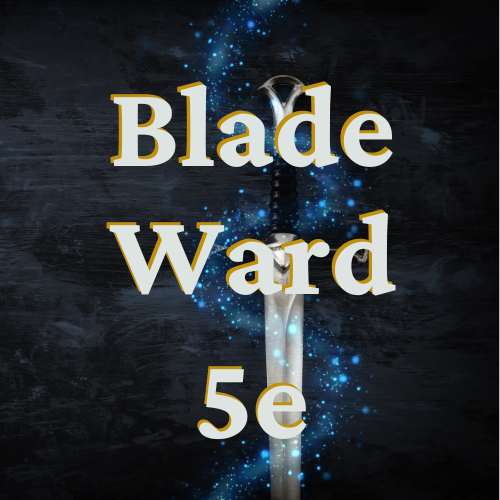
Classes That Can Cast Blade Ward 5e
As with many basic spells in D&D 5e, there are less classes (at least in the Player's Handbook) than you might expect who cast cast Blade Ward.
- Bard
- Sorcerer
- Warlock
- Wizard
With basic defensive cantrips like this, you would think that the spell would come as a standard option at least for clerics, if not also for paladins and druids.
Blade Ward 5e Spell Effectiveness
| Resistance | 1st-Level | 5th-Level | 11th-Level | 17th-Level | 20th-Level |
|---|---|---|---|---|---|
| Normal Damage | 11 | 19 | 30 | 41 | 45 |
| Resistance | 50% | 50% | 50% | 50% | 50% |
| Actual Damage | 5 | 9 | 15 | 20 | 22 |
Calculations for Damage and Resistance
The damage values presented above are roughly based on average damage values (not accounting for hit chance) for 1st-20th level characters. Resistance in DnD 5e reduces damage taken by half, so the Blade Ward 5e spell effectively halves weapon damage that's bludgeoning, piercing, or slashing. In D&D 5e, halved values are always rounded down.
Blade Ward Usefulness
Blade Ward is honestly kind of a strange spell, when you think about it. Since the spell is a cantrip, it certainly has its useful moments though. Try to use Blade Ward 5e in some of the following optimal circumstances though, to maximize its value for you.
- Blade Ward 5e, since it's a cantrip, should probably be used (almost) only when you have no other spell slots available to use.
- Use Blade Ward when you're surrounded by enemies with weapons (not spell casters) that deal bludgeoning, piercing, or slashing damage. If you're fighting spell casters, do not use Blade Ward 5e.
- Use Blade Ward 5e against enemies with particularly high physical/ weapon damage, to maximize your damage resisted.
- Cast Blade Ward as a last resort, when you know that your team is about to come in and save you. Since casting Blade Ward prevents you from using any other action (unless it's a bonus action), you're placed completely on the defensive. Without a healer nearby or allies to deal damage and save you, you're probably toast.
- Think of Blade Ward 5e as a stalling spell, where you're just dragging out the battle - trying to survive as long as possible - until help arrives.
Combine Blade Ward 5e with the Following Spells
Even though I'd typically only use Blade Ward 5e as a last-resort kind of spell, there are also some interesting combinations you can use to increase its value by quite a bit.
- Aid 5e: this spell grants temporary hit points, which last for 8-hours. Anyone who ends up in a situation where they need to continually cast Blade Ward 5e (probably while running for their lives) would certainly benefit from a little extra hit points, to survive. An alternative to aid would be armor of agathys, or any other spell that provides temporary hit points. Just note that temporary hit point effects do not stack, so you can't benefit from multiple of them at the same time.
- Aura of Vitality 5e: this may be one spell example that you can actually cast yourself, since once it's cast, it only requires a bonus action to provide healing each round. Using aura of vitality while protecting yourself with Blade Ward would allow you heal yourself each round while still giving yourself resistance against bludgeoning, piercing, and slashing damage.
- Cure Wounds 5e: since cure wounds requires an action to cast, this spell will have to be performed by an ally. Still though, if you can more or less tank damage with your weapon resistance while allies heal you up, you basically get double value from the cure wounds spell.
- Haste 5e: haste provides +2AC, doubled movement speed, and advantage on Dexterity saving throws, making it especially useful when you're trying to run away and survive, with Blade Ward 5e. Again, this is a situation where an ally would do better to caste haste on you, as you won't have the actions for it, continually casting blade ward, and taking damage might cause you to lose spell concentration, anyways.
- Hellish Rebuke 5e: this incredible, top-tier spell actually allows you to deal damage to enemies when they attack you, as a mere bonus action. So, you can protect yourself with Blade Ward 5e, then counterattack anyone who tries to harm you.
- Mage Armor 5e: since mage armor can be cast ahead of battle (with its 8-hour duration), you could have the spell raising your AC, making you not only harder to hit, but also causing you to take less damage when combined with Blade Ward 5e.
- Spiritual Weapon 5e: similarly to hellish rebuke, spiritual weapon - once cast - only requires a bonus action each round to attack enemies. The only problem with this spell is that if you're constantly being attack you can easily lose spell concentration. For this reason, combining spiritual weapon with Blade Ward 5e is probably only a fallback option.
Blade Ward 5e Counters
Blade Ward is a cantrip spell, so at least it doesn't take up spell slots. Aside from that, however, it's a pretty niche spell, and has many weaknesses.
For example, if you get overwhelmed by enemies, and an enemy spell caster notices that you're using Blade Ward to protect yourself, they can simply use Silence 5e on you to prevent you from casting it anymore. In all reality, Blade Ward is such a simple spell, that I doubt anyone would ever use dispel magic to remove the effect, but they could, if they so desired.
Additionally, enemies can just attack you with spell damage. Even cantrip spells such as Acid Splash 5e completely ignore the effects of Blade Ward, effectively making its effects worthless. Also, spells that deal bludgeoning, piercing, and slashing damage are exempt from the damage resistance blade ward 5e provides, as the spell only resists weapon attacks, specifically.
Finally, any enemy dealing half damage to a target affected by Blade Ward 5e is still dealing half damage, while the target uses their actions each turn doing no damage. Basically, enemies can still slowly wear down a spell caster who's using Blade Ward, and eventually defeat them, with nothing more than their basic weapon attacks.
Blade Ward-Type Spells in Eternity TTRPG
Each TTRPG system has its own list of spells, abilities, and specific rules for how the game works. Maybe you've been playing D&D for years, and it's the only game you've ever played, or you're new to tabletop gaming and have only ever heard of D&D.
Well, there are many games like DnD out there, and the Eternity TTRPG Game System is one of them. Of course, everyone knows and loves the largest tabletop RPGs, but many times, people are surprised at how much they enjoy playing smaller, independently-created games as well.
In case you're curious about trying out other games or seeing what they're like, I've included an ability from Eternity TTRPG (below) that's similar to Blade Ward in effect, so you can do some comparison of your own.

Royal Guard - Core Class Ability
Shield Wall: this Ability can only be used if you are wielding a shield. Move your Speed value -2, and gain +13Resilience, +13Dodge, and +13Will against attacks made from 3Range or more away, for 1turn.
- (Executor) You also “Charge” (see Chapter 14, “Additional Actions”) an enemy with your “Shield Wall.”
- (Life-Sworn) After you use this Critical, whenever an enemy attacks any target but you, you gain +7Strike Bonus the next time you attack them with “Shield Slam” (can stack to +14Strike Bonus).
- (Ancient Blade) Move your Speed value +2. You can also move up to your Speed value +2 when using this Ability, for Battle Duration.
Similar to Blade Ward 5e, the royal guard Shield Wall protects them from attacks - although in this case, from attacks made only from a distance. However, Shield Wall also allows the royal guard to move while defending themselves, and the ability also protects against spells (through the Will and Resilience stat bonuses).
Curious to learn more? Check out the
Eternity TTRPG Core Game!
Dice, Dungeons, Games & More - Eternity TTRPG
Share This Article

Author - Jacob Tegtman
Dear reader, I hope you enjoyed this article. Tabletop gaming has been a passion of mine since I was 6 years old. I've played just about every game from Dungeons and Dragons to video games like Final Fantasy. These games have inspired me, made me laugh, made me cry, and brought me endless hours of enjoyment.
I started Eternity TTRPG - and the indie tabletop game that goes along with it (Eternity Shop) - to share my love of gaming with others. I believe that in our technology-driven age, tabletop games help bring a sense of magic and community back into our world.
If you love the site, please share it with others! I have lots of gaming-related material for you to peruse and use in your own gaming sessions. If you have any questions about the site or want to contribute, just send me a message using the "Contact" page, which you can find in the site's footer.

